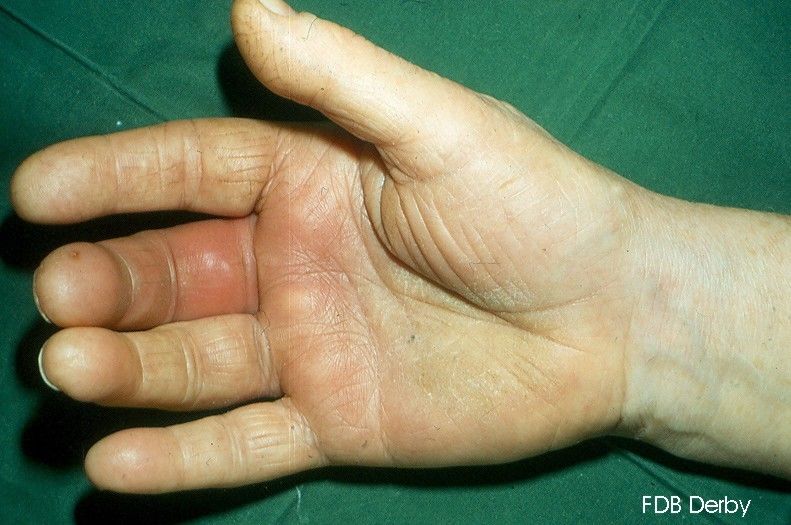Veterinary Products Committee
An independent scientific advisory committee
Needlestick accidents are preventable
The agenda of the VPC has several regular items, one of which is the review of pharmacovigilance reports submitted to the VMD. In May 2023, the reports indicated 17 references to needlestick incidents between December 2022 and March 2023.
We are concerned that needlestick accidents continue to be a frequent occurrence for veterinary practitioners. Overall, occurrences are rare compared to the many millions of injectable doses administered every year, but the critical point is that damage caused by certain types of needlestick injury can be permanent and life changing. Specifically, injectable agents containing mineral oil (often used as adjuvants) can cause significant harm at self-injection sites due to their irritant nature.
Our member’s, past and present, have taken steps to raise awareness and share safe working practices to help prevent these injuries in the veterinary and farming communities. We continue to look for opportunities to alert professionals to this issue since needlestick injuries may be easily prevented.
If you accidently self-inject take it seriously and act quickly. See the VMD’s Adverse Events page for more information on what to do should it happen to you.

